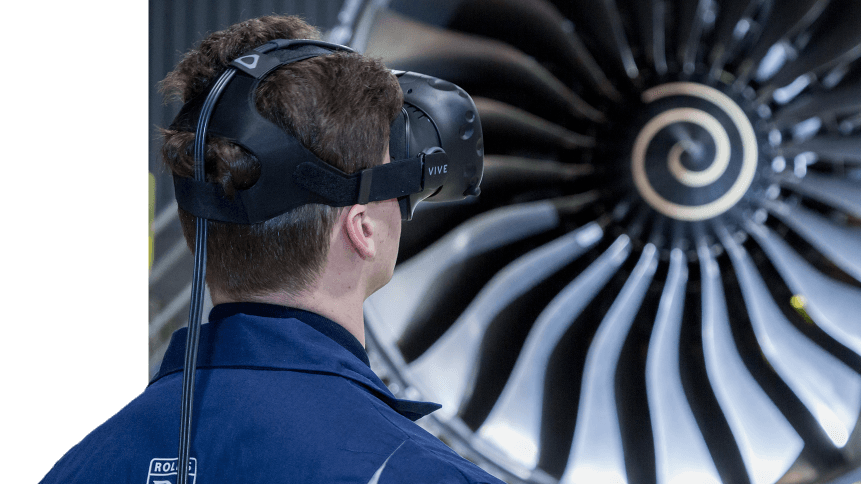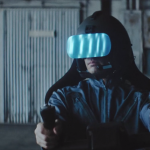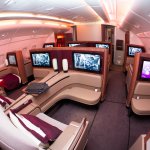Rolls-Royce is training aerospace engineers with VR

While augmented reality (AR) and virtual reality (VR) technologies may have lost some of their shine with consumers, in industry it’s a different story altogether.
In fact, driven by companies exploring the integration of these emerging technologies as a means to boost competitiveness and profitability, AR/VR headset sales are expected to jump 54 percent this year.
The aerospace is one such industry that is turning to the emerging technology.
As the number of air passengers is set to almost double by 2036, the industry faces pressure to train more engineers in the maintenance and repair of a growing number of aircraft and their engines.
In a joint project with Qatar Airways, leading aero engine manufacturing company Rolls-Royce is exploring how the technology can be used to train engineers.
With practical training the main focus, Qatar Airways’ engineers will be the first in the industry to receive VR-based training, using the Rolls-Royce Trent XWB engine, which powers the Airbus A350.
“At Rolls-Royce we are designing, testing, and maintaining engines in the digital realm, so it makes sense that we bring cutting-edge technology to our training programmes,” said Chris Cholerton, Rolls-Royce, President – Civil Aerospace said.
Cholerton explains that the thinking and logic behind providing engineers with the simulated experience comes from the same way pilots complete elements of training in a simulator.
YOU MIGHT LIKE

World’s sharpest VR available to enterprise customers
The Trent XWB is Rolls-Royce’s largest engine, and such is the scale that it must be separated before engineers can transport it for maintenance and repair.
Using HTC Vive VR hardware, engineers are able to be immersed in the process, using “sight, sound and touch” to separate the two parts of the engine in a virtual setting.
The benefits of this approach are huge in terms of both cost and safety.
Previously, Rolls-Royce says an engine would have had to have been transported to Qatar Airways’ Doha hub for use in training, or the airline would have provided an engine in service, with risk of damage to equipment and lost flying time as a result.
“Qatar Airways is an airline of the future and we constantly strive to deliver innovation in every area of our business,” Qatar Airways Group Chief Executive, H.E. Mr. Al Baker said.
“Our ultimate goal is to provide our customers with a quality on-board experience every time they travel, and by adopting the latest technology in our engineering department we aim to ensure that they arrive at their destination smoothly and without disruption.”
While not intended to replace practical training, the use of VR by the pair demonstrates how the technology can be used to supplement existing programs, and provide refresher training.
“Virtual Reality has a valuable application here. It’s going to save time, money, and frees up engines that could otherwise be on aircraft, keeping passengers moving,” said Steve Buckland, a Customer and Product Training Manager at Rolls-Royce who developed the VR training program.
“The future is exciting. We’re looking at creating holograms of an engine that we can use to teach in a classroom, or augmented reality that can be overlaid over a real engine to show technical information.
“Nothing will beat learning with an engine and this will never be replaced, but new technology is allowing us to be innovative with the ways we teach engineers.”










